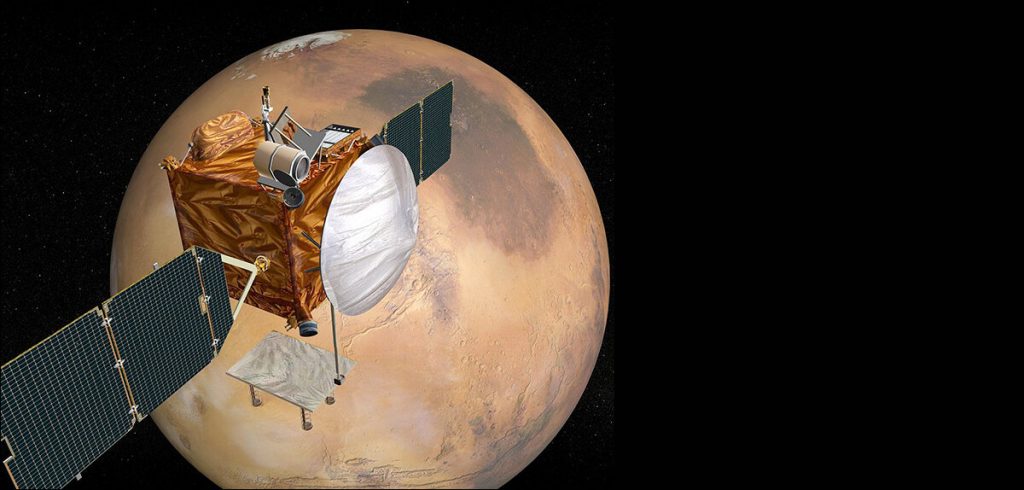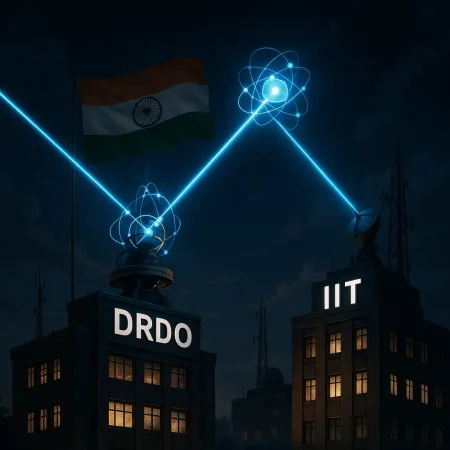The participation of private players in India’s recent successes in the space program could transform humanity’s eternal exploration, writes Satyen K. Bordoloi
In the sci-fi novels of The Expanse series, humans – thanks to fusion drive engines – have colonized the solar system a few hundred years from now. Millions live on different moons of the planets and in an asteroid belt between Mars and Jupiter. Humans mine asteroids for ice, minerals and metals.
In real life, the conquering of this ‘expanse’ began in earnest this year with 6 different moon missions and NASA claiming just days ago that by 2030 humans will be living and working on the moon. For humans to tame the solar system, the key is cheap, fast space travel. The nation that has to lead this endeavor, is India.

(Image Credit: Wikipedia)
In 2013, Hollywood sent Sandra Bullock to fictional space in the film Gravity for $100 million. That very year India sent its first interplanetary mission, the Mars Orbiter Mission or Mangalyaan making India the first nation to reach Mars on its first attempt, for just $73 million surprising the world. India’s space missions have always been good, successful and low-cost. But so far it was only the domain of ISRO – Indian Space Research Organization. But in June 2020, the Indian government opened up the space sector for private players.
Sify Technologies – ICT Service Provider
Private companies in India space
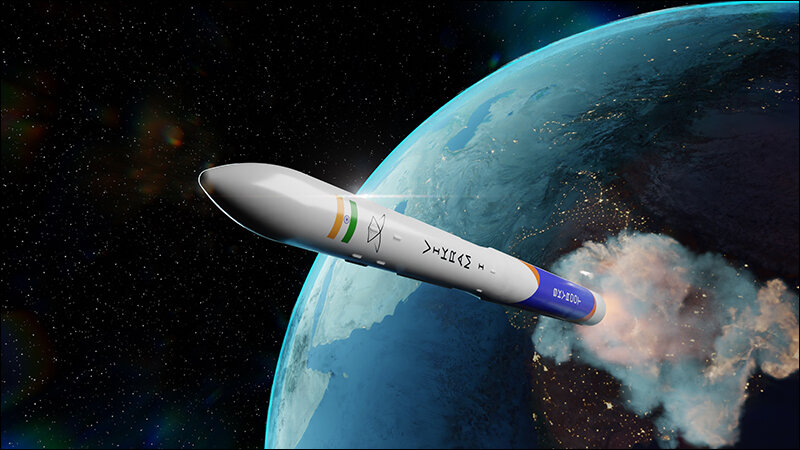
The result has been that last week, India’s first privately made Vikram-S rocket developed by Skyroot Aerospace and assisted for launch by ISRO and IN-SPACe (Indian National Space Promotion and Authorisation Centre) had a successful launch and achieved mission objectives. Skyroot, a privately funded company, aspires to reduce development costs for launching small satellites by up to 90%. Aptly named Prarambh Mission, this is just the start.
In the next few days ISRO is launching PSLV-C54 which is carrying the Earth Observation Satellite – 06 (Oceansat-3) and eight nano-satellites from private players.
The Vikram-S rocket is a landmark in the Indian space saga because it has a 3D-printed rocket engine and thus cheap to boot. Skyroot is expecting to go far on the back of this success. ISRO with Skyroot and others, could lead India back to the future – in line with where we should have been by now if we had continued on the trajectory of our nation’s biggest scientific breakthroughs.
From zero to infinity
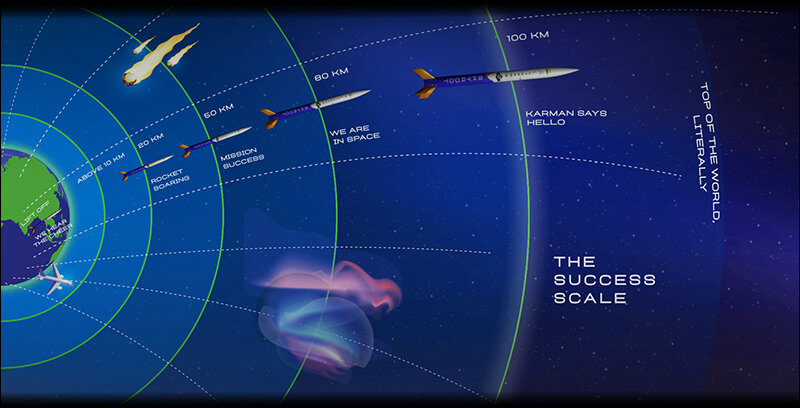
India is one of the first cradles of Mathematics. Zero was first conceived by Sumerians, but was given both a form and an identity, only by Indian mathematicians. The idea that nothing – i.e. zero or ‘sunyata‘ in Sanskrit – is something that can give everything else – beginning with the 9 following numbers, an identity towards infinity, changed the world. India concretized this philosophical idea into a mathematical notion i.e. ‘0’ we know today.
Sadly, instead of taking this maths to its rightful conclusion, India lost its way to fake astrology, using its science for the eugenics of caste, and a quagmire of endless superstitions. India lost its early scientific momentum only for it to be picked up by mathematicians in the golden age of Islam right after the Prophet in the middle east.
One of the greatest proponents of this was the Persian mathematician, Mohammed ibn-Musa al-Khowarizmi who not only was the first to use the circle or ‘sifr‘ to denote zero as we do today, but exponentially advanced Indian maths and wrote books on it. Sadly, even Islam gave way to radicalism and lost its initial advances. The baton would be picked up by Europe. Al-Khowarizmi’s books and concepts would become the basis of Algebra and Algorithm – both a corruption of his name and both leading to everything from mobiles to space flight.
In a sense, thus, India under successive governments beginning with Nehru’s in the 1950s under ISRO is trying to reclaim the nation’s rightful place in the scientific order of the world with an indigenous space program that has eventually resulted in the world’s most cost-effective and successful space missions.
Why is this good for the world?
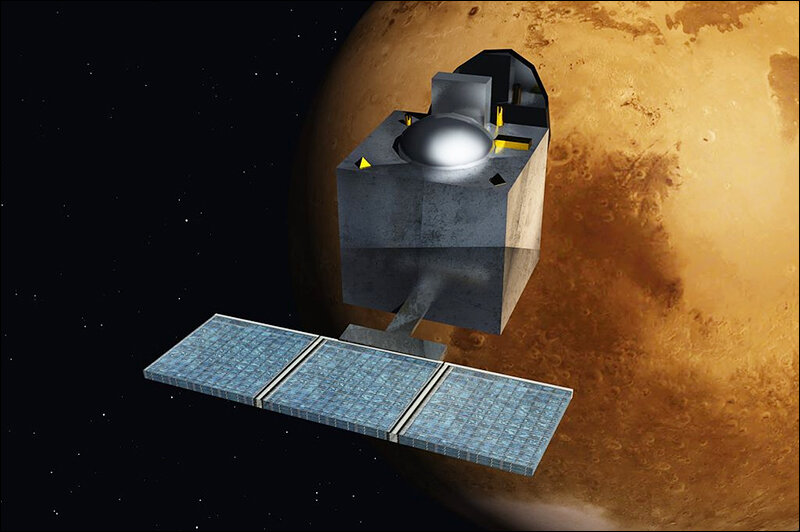
Many claim Tesla valuations to be exponentially overpriced, and how Twitter is being run is for everyone to see. But where Musk has an ace, is Space X and its promise of cheap space flight from reusable rockets.
The only issue is, ISRO – with its extremely low-priced space missions, had done a Space X without needing reusable rockets. But if it had focused on doing so, ISRO would surely have cracked reusable rockets in a much more economical way than Space X ever can. This not living up to what it can truly do, can be looked upon as ISRO’s biggest failure because of the promise ISRO represents for the world.
This is where private Indian players become crucial. The world needs not one, but a dozen Space X. Virgin Galactic, Amazon’s Blue Origin and Boeing are at it though none have been able to live up to their promises yet giving Space X a sort of monopoly that maybe good for Musk’s fragile ego, but not for humanity which Musk himself says should be a ‘space-faring civilization’.
But thanks to him this century-old idea in science fiction, has gripped the planet. More people than ever in the history of the planet believe that it would be stupid to confine our race to earth. Sadly, with not many being as successful as we’d hope, this still feels like a pipe dream despite NASA’s claims that by 2030 humans will be living and working on the Moon, and within a decade after that, on Mars.
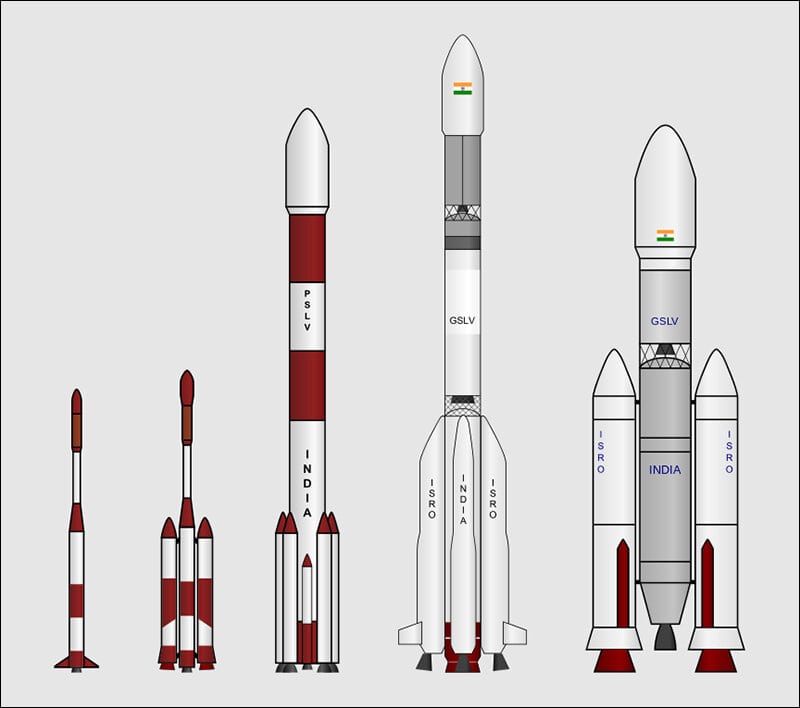
(Image Credit: Wikipedia)
India with its demographic and educational dividend is key to this vision. That ISRO has such a long, proud and scientific history of space missions makes it the banyan in the forest that helps an entire ecosystem thrive under its shade.
India opening up the space sector will lead to companies like Skyroot that will be to ISRO, what Space X is to NASA. This will not only harness the best minds and prevent brain drain (the founders of Skyroot are ex-ISRO scientists who in the past would’ve gone on to work for NASA or ESA), but promises to make India the hub of space research and travel. And it only makes logical sense that what will become the world’s most populated nation in a year, should have the resources to send the most people to the farthest corners of the solar system.
The future as envisioned in The Expanse series of sci-fi novels and series will soon become the history of the future of the human race. For it to happen sooner and better, India taking the lead is vital. That it has finally begun, augurs well for the future of not just India but the world.
In case you missed:
- A Data Centre on the Moon – From Sci-Fi to Necessity
- Digital Siachen: Why India’s War With Pakistan Could Begin on Your Smartphone
- Prizes for Research Using AI: Blasphemy or Nobel Academy’s Genius
- Rise of Generative AI in India: Trends & Opportunities
- Digital Siachen: How India’s Cyber Warriors Thwarted Pakistan’s 1.5 Million Cyber Onslaught
- Are Hallucinations Good For AI? Maybe Not, But They’re Great For Humans
- Rise of the Robolympics: When R2-D2 Meets Rocky Balboa
- Project Stargate: Dubious Origins in the 1970s to AI Goldrush in 2025
- Alchemists’ Treasure: How to Make Gold in a Particle Accelerator (and Why You Can’t Sell It, Yet)
- Why Elon Musk is Jealous of India’s UPI (And Why It’s Terrifyingly Fragile)




